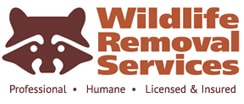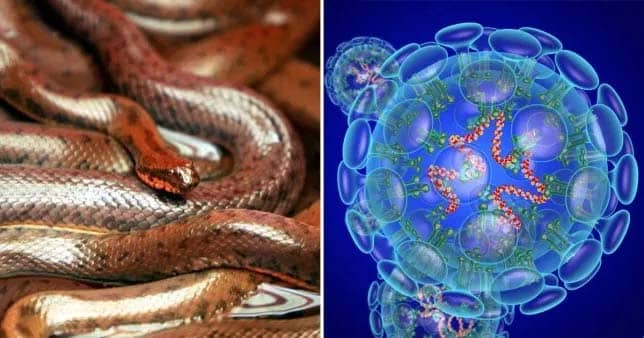Did Coronavirus Come from Snakes?
The naming of coronaviruses results from their shape, which looks like a crown or solar corona when viewed under an electron microscope.
Coronavirus is spread via air and primarily infects the upper respiratory as well as the digestive system of mammals and birds. Although most of the coronaviruses only result in mild flu-like symptoms during the window of infection, SARS-CoV and MERS-CoV have the potential to infect the upper and lower airways as well. As such, they can result in severe respiratory disease as well as other complications in humans.
The new COVID-19 causes symptoms that are similar to SARS-CoV and MERS-CoV. Those infected with the coronaviruses inhibit a severe inflammatory response.
Sadly, there is no confirmed antiviral treatment or vaccine available for coronavirus infection yet. A more profound comprehension of the 2019-nCoV’s life cycle, including its source, its mode of transmission, and its replication, are needed from the prevention and treatment of the disease.
Zoonotic Transmission
Both SARS and MERS are categorized as zoonotic viral diseases, implying that the initial patients contracted the viruses directly from animals. This was so since, while in the animal host, the virus underwent a series of genetic mutations that enabled it to infect and replicate inside humans.
Now, these viruses can be passed from one person to the other. Studies show that the original source of the MERS-CoV and SARS-CoV is the bat and that camels and masked palm civets (a mammal whose nativity is Asia and Africa), respectively, played the role of intermediate host between bats and humans.
In the 2019 coronavirus outbreak case, reports indicate that most of the initial patients hospitalized were customers and workers at a local seafood market. Traders in this market were involved in the trade of processed meat and live animals such as fowls, sheep, donkeys, pigs, foxes, camels, badgers, hedgehogs, bamboo rats, and reptiles.
However, since an infection case for aquatic animals has never been reported, it is reasonable that to believe that coronavirus possibly originated from other animals traded in the market.
The theory that the 2019-nCoV was transmitted from an animal in the market is adequately backed by a new submission in the Journal of Medical Virology. The scientists analyzed and compared the 2019-nCoV’s genetic sequences and all other recognized coronaviruses.
The study of 2019-nCoV’s genetic code shows that the new virus is closely related to two bat SARS-like coronavirus samples sourced from China, initially signifying that just like SARS and MERS, the bat could be 2019-nCoV’s origin.
The authors also established that the viral RNA coding sequence of COVID-19 S-Protein, which makes up the “crown” of the virus that identifies the receptor on a host’s cell, shows that the bat virus could have possibly mutated before infecting people.
But upon conducting more comprehensive bioinformatics analysis on the 2019-nCoV’s sequence, the researchers noted that this coronavirus could have come from snakes.
From Bats to Snakes
Researchers utilized an analysis of codes of protein preferred by the new coronavirus. They compared it against protein codes from coronaviruses found in various animal hosts such as birds marmots, snakes, manis, hedgehogs, bats, and humans. To their surprise, they discovered that the protein codes in COVID-19 closely resemble the codes used in snakes.
These are just some of the reasons that emphasize the importance of wildlife control to help combat the spread of potentially infectious diseases from animals to humans. It is an ongoing battle with nature to try and keep our homes, businesses, and society as a whole; clean, healthy, and safe from outside threats. We will continue to do our part, in offering effective wildlife removal and exclusions services to all homes and businesses in Palm Beach and Broward counties. Give us a call at (561) 212-9255 for a free over the phone estimate.

